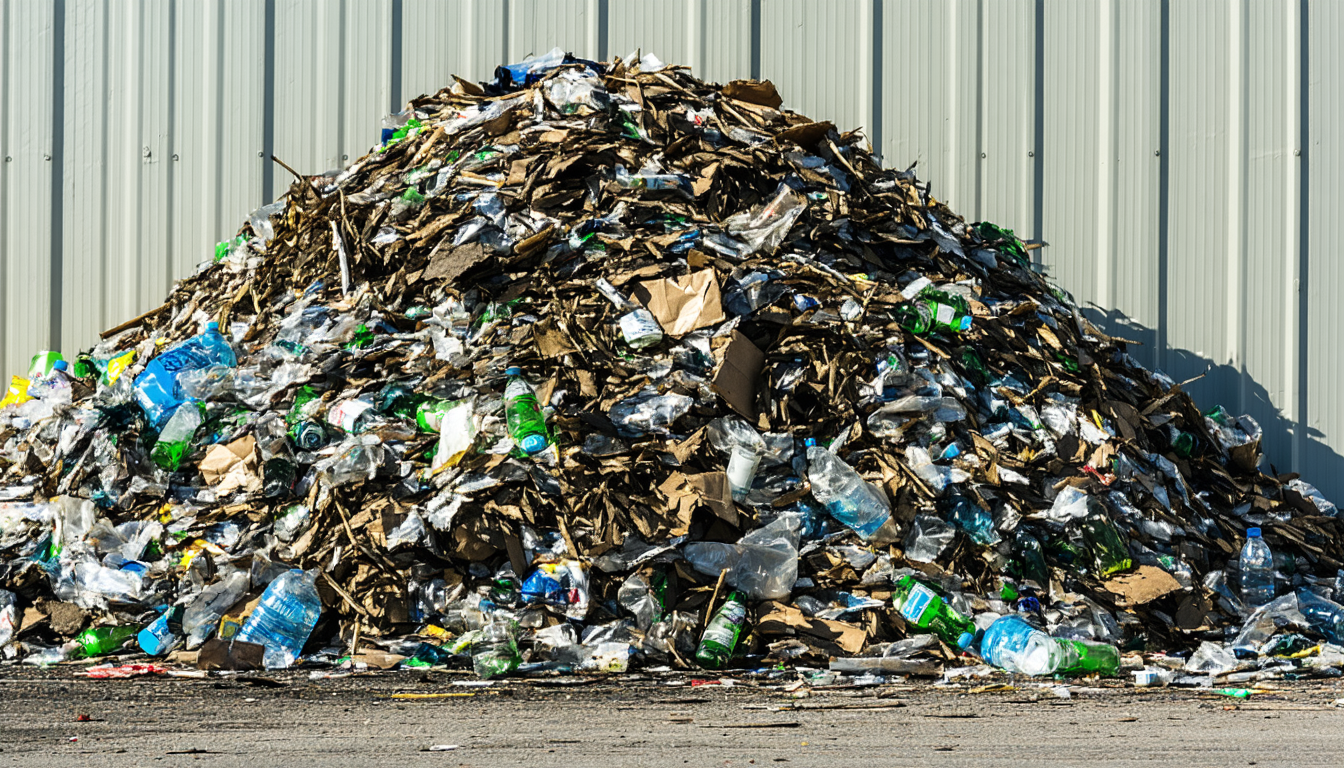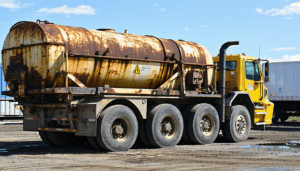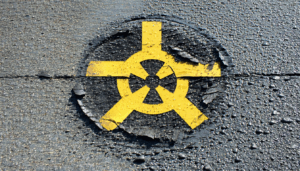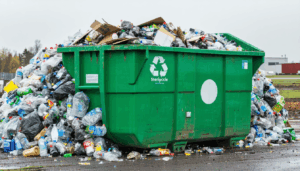Introduction
As environmental concerns grow, the need for effective green waste disposal has become a pressing issue across the United States. From yard trimmings to food scraps, managing organic waste responsibly is vital for reducing landfill use and combating climate change. This article explores the latest trends, services, and regulations surrounding green waste disposal near me, offering insights into accessible solutions for households and businesses. Whether you’re in a bustling city or a rural area, discover how local programs and innovations are making sustainable waste management easier than ever.
Understanding Green Waste and Its Importance
Green waste, often called organic or biodegradable waste, includes materials like grass clippings, leaves, branches, and food scraps. In the US, the Environmental Protection Agency (EPA) estimates that organic waste accounts for about 30% of municipal solid waste, with much of it ending up in landfills where it releases methane, a potent greenhouse gas. Diverting this waste through proper disposal methods is crucial for environmental health.
The significance of green waste disposal lies in its potential to be composted or converted into renewable energy. By keeping organic materials out of landfills, communities can reduce emissions and create valuable resources like mulch or biogas. This growing awareness has spurred action at local and national levels to improve access to disposal options.
Local Options for Green Waste Disposal Near Me
Finding reliable green waste disposal near me has become simpler with the rise of municipal programs and private services. Many cities now offer curbside pickup for yard waste, often providing residents with designated bins or bags. For instance, as of 2023, over 3,000 US municipalities have implemented composting programs, according to the US Composting Council.
Private companies also play a key role, offering drop-off locations or subscription-based collection services. Websites like Earth911.com allow users to search for nearby facilities by entering their zip code, ensuring tailored solutions. Additionally, community composting initiatives are gaining traction, especially in urban areas where space for individual composting is limited.
Innovations Driving Sustainable Waste Management
Technology is transforming how Americans handle green waste. Anaerobic digestion facilities, which convert organic waste into biogas, have expanded, with over 200 operational plants nationwide as of 2023, per the American Biogas Council. These facilities not only manage waste but also produce clean energy, powering homes and businesses.
Mobile apps are another game-changer, helping users locate green waste disposal near me with ease. Apps like RecycleNation provide real-time information on local recycling and composting centers. According to Sarah Johnson, a sustainability expert at GreenTech Solutions, “Digital tools are bridging the gap between residents and sustainable waste options, making eco-friendly choices more accessible.”
Challenges and Regulatory Landscape
Despite progress, challenges remain in ensuring equitable access to green waste disposal services. Rural areas often lack infrastructure, forcing residents to travel long distances to drop-off sites. Cost is another barrier, as some private services charge fees that may deter participation.
On the regulatory front, states like California have taken bold steps with laws mandating organic waste diversion. Since 2022, California’s SB 1383 requires businesses and residents to separate green waste, aiming to cut landfill use by 75% by 2025. Other states are following suit, though nationwide consistency is still lacking, creating a patchwork of policies.
Impact on Communities and the Environment
Effective green waste management benefits both people and the planet. Communities with robust programs see reduced landfill costs and cleaner public spaces. Environmentally, composting one ton of organic waste can prevent up to 2.5 tons of carbon dioxide emissions, based on EPA data.
However, disparities in access highlight the need for broader investment. Low-income areas often miss out on municipal services, exacerbating environmental justice concerns. Balancing these inequities will be key to achieving national sustainability goals.
Future Outlook for Green Waste Disposal
Looking ahead, experts predict a surge in public-private partnerships to expand green waste disposal infrastructure. Federal initiatives, like the EPA’s Sustainable Materials Management program, aim to support local efforts through grants and education. There’s also growing interest in home composting, with sales of compost bins rising by 15% in 2022, per industry reports.
The path forward will likely involve stricter regulations and incentives to encourage participation. As awareness grows, more Americans are expected to seek out green waste disposal near me, driving demand for innovative solutions.
Conclusion
Green waste disposal near me is no longer just a niche concern but a critical component of sustainable living in the United States. From local pickup services to cutting-edge technologies, options are expanding, though challenges like accessibility and cost persist. By embracing composting, supporting policies, and leveraging digital tools, individuals and communities can play a vital role in reducing waste and protecting the environment. The future of green waste management looks promising, provided stakeholders continue to prioritize equity and innovation.
Frequently Asked Questions (FAQ)
- What qualifies as green waste?
Green waste includes organic materials like yard trimmings, food scraps, and untreated wood that can be composted or recycled. - How can I find green waste disposal near me?
Use online tools like Earth911.com, check with your local municipality, or download apps like RecycleNation to locate nearby facilities. - Is there a cost for green waste disposal services?
Costs vary; municipal programs may be free or low-cost, while private services often charge fees based on frequency or volume. - Why is green waste disposal important?
Proper disposal reduces landfill use, cuts greenhouse gas emissions, and creates resources like compost or biogas for sustainable use.




